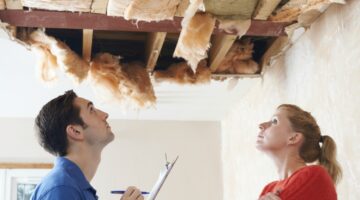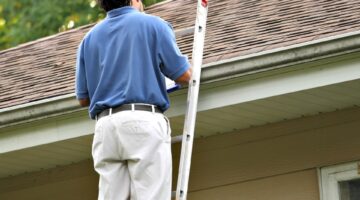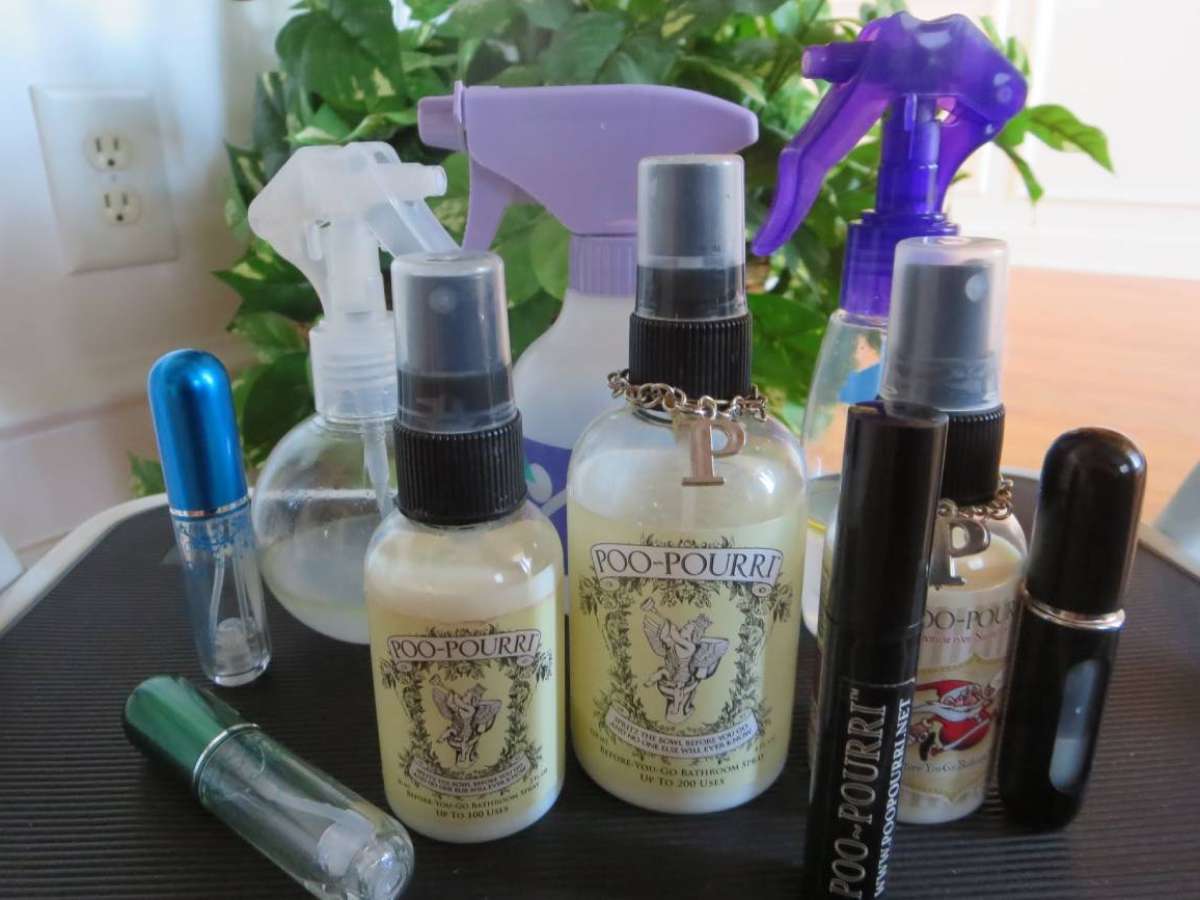Are you buying a new home? Have you done a roof inspection yet?
Buying a house with a roof that’s in need of roof repairs could actually:
- Raise your homeowners insurance rates
- Cost thousands of dollars in repairs
- Result in months of frustration and stress
But you can avoid all of that simply by taking a few steps and being observant before buying your new home.
The roof is one of the most expensive and important parts of the home — so it’s important to look for very specific things when you’re conducting a roof inspection.
Here’s exactly what you need to do when you’re inspecting the roof (and gutters) on a new house that you intend to buy…
#1 – Ask Questions
The easiest thing you can do is ask the homeowner or realtor a few questions about the roof.
Start with these:
- How old is the roof?
- When was it last repaired?
- What kind of shingles are installed on the roof?
- What, if any, kind of ventilation system is installed?
- Were the contractors that worked on the roof licensed and bonded?
The age of the roof is the first indicator of what condition it is in. While an old roof (about 25 years) is not necessarily a bad roof, it may mean that it will be in need of repairs soon.
And just because a roof may have been recently installed or renovated doesn’t make it a good roof either. You have to make sure that all work done on the roof was carried out by licensed and bonded roofers. (If the realtor or homeowner cannot answer this question, that is a huge red flag.)
Composite shingles are really good for maintaining the integrity of the roof. Other common types of roof shingles — like cedar, metal, and tin — are more prone to damage. This is why it’s important to ask about specifically about the shingles.
A roof’s ventilation is extremely important — because one of the most expensive and dangerous problems you can have with a roof is mold. A good ventilation system, fans, skylights, and such will always be better than a roof with no ventilation system.
#2 – Be Observant
When you’re on sight at a house that you’re thinking of buying, be very observant about the roof.
From ground level…
Do a cursory inspection of the drainage system — including the gutters and downspouts. Are the gutters in good condition? Are they rusted? Are there obvious leaks? Are any portions of the gutters or downspouts missing?
These types of issues could end up costing you big bucks in the future to repair.
If you can get an inspector out to the home, that would be the best way to go. A lot of roofing contractors offer free inspections and this is a great way to get to know the reputable roofing contractors in your area. But if you can’t, then a DIY roof inspection is the next best thing. Just be very careful if you attempt to get up on the roof yourself!
From roof level…
Check the topside of the drains and gutters. Are they clogged? Are they securely fastened to the roof lining?
You want to make sure that all downspouts end with a storm water well, rather than just letting water out directly onto the ground — which can cause flooding and water damage.
While you’re up there, take a look at the shingles too. Are any of them missing? Are some of them different colors?
Different color shingles on a roof indicates that they’ve been replaced — which may further indicate a more serious problem. Maybe the previous homeowner put a few new shingles up there to try and stop a leak. Or maybe the roof shingles weren’t securely installed in the first place.
TIP: If you don’t want to get up on the roof and you have a drone, then you could do a drone roof inspection instead!
#3 – Check Building Codes
Roof repairs are not for weekend warriors — so it’s important before you buy a new house to make sure the roof is up to code.
Ask to see the documents confirming this. If the previous owner did their own roof renovations or hired a contractor who didn’t build (or use materials) up to code, you will inherit this problem as soon as escrow is closed!
Making sure the house you’re thinking of buying has a roof that is up to code can make a huge difference on your home buying decision.
If the roof is not up to code, then you have 2 options:
- Choose to get the roof up to code if it’s a house that you really want.
- Set your sights on a new house that has a roof that’s up to code and less likely to bring you any problems in the near future.
It’s important to note that bringing a roof up to code can be as expensive as installing a new roof from scratch!
How much does a new roof cost?… According to Angie’s List, calls to roofing contractors across the country found that prices range from $4,500 to $10,000 to tear off and replace a roof with basic shingle. Prices vary greatly depending on where you live — however the national average is $6,750, according to Fixr.
#4 – Look For Signs Of Mold
Ask if there has been any past flooding in the house. Even if there hasn’t been, look for these telltale signs of mold:
- A musty, dull, or otherwise foul smell
- Black spots (like polka dots but varying in size) near the ceiling or on the walls
- Allergic reactions (such as sneezing and sore eyes) when you’re in or around the house
TIP: Checking the attic is another a good way to inspect the condition of a roof. If the insulation and rafters are discolored — or if there is a high amount of condensation in the attic — these could be signs of mold and roof leakage.
More DIY Roof Inspection Advice
- Here’s what to do if you see black streaks on the roof.
- If the gutters are shot, then you’ll want to review the pros & cons of gutter covers before you install them.
- If you’re going to buy a new roof, see how roof shingle colors will affect your energy costs.
- Whatever you do… don’t install asphalt shingles over an existing roof!
Adrian, our roof and gutter expert, works for Frazier Roofing and Guttering — the second oldest roofing company in Arlington, Texas. With over 18 years of experience in the roof and gutter industry, Frazier’s is certified in both residential & commercial roofing.
I like to help people find unique ways to do things that will save time & money — so I write about “outside the box” Household Tips and Life Hacks that most wouldn’t think of. I’m super-organized. And I LOVE to clean! I even enjoy doing laundry (but not ironing). I’m also a lifelong dog owner — so I often share my favorite tips for living with dogs inside your home (like smart home design choices and dog-friendly cleaning & decorating ideas). Career-wise, I’ve been sharing my best ideas with others by blogging full-time since 1998 (the same year that Google started… and before the days of Facebook and YouTube). Prior to that, I worked in Higher Ed over 10 years before switching gears to pursue activities that I’m truly passionate about instead. For example, I’ve worked at a vet, in a photo lab, and at a zoo — to name a few. I enjoy the outdoors via bicycle, motorcycle, Jeep, or RV. When I’m not cleaning, organizing, decorating, or fixing something… you’ll find me at the corner of Good News & Fun Times as publisher of The Fun Times Guide (32 fun & helpful websites). To date, I’ve personally written over 200 articles about cleaning, organization, DIY repairs, and household hacks on this site! A few have over 2M shares; many others have over 100K shares.








